Optimize Cloud Costs: A Complete Guide for 2025
- Nitin Yadav
- Knowledge
About

Master cloud cost optimization in 2025 with proven FinOps strategies, tools, and frameworks. Cut waste, boost efficiency, and scale smarter across multi-cloud environments.
Industries
- AWS, Cloud Computing, Cloud Cost, SquareOps
Share Via
Introduction
Cloud computing has revolutionized how businesses scale, innovate, and compete. Yet with flexibility comes complexity—and often, cost unpredictability. The shift to cloud services has brought with it a surge in spending, but also in inefficiencies. Without a deliberate cloud cost optimization strategy, organizations risk overspending by 20% to 40% annually, according to industry research.
In this comprehensive guide, we’ll dive deep into everything you need to know about optimizing cloud costs in 2025—from frameworks and best practices to the latest tools and FinOps strategies.
Why Cloud Cost Optimization is Business-Critical in 2025
The cloud is no longer a back-office convenience. It’s the engine room of enterprise transformation. But this engine can quickly burn through budgets if not managed proactively.
Key Reasons to Prioritize Cloud Cost Optimization:
- Rising multi-cloud complexity: More services across multiple vendors increase the challenge of cost visibility.
- Shift to OPEX: The cloud changes capital expense into operational expense, putting pressure on monthly forecasts.
- Self-service provisioning: Developers can spin up instances freely—leading to shadow IT and budget bloat.
- Board-level visibility: CFOs and CIOs now demand transparent, accountable, and forecastable cloud cost data.
Cloud cost optimization is no longer a technical afterthought. It’s a business imperative.
Anatomy of Cloud Waste: Where Your Budget Leaks
Cloud waste refers to money spent on resources that provide no business value. The first step to optimizing cloud costs is understanding the sources of this waste.
Most Common Forms of Cloud Waste:
1. Idle Compute Resources
Instances running without active users or workloads—common in dev/test environments.
2. Overprovisioned Virtual Machines
Allocated with more CPU/RAM than required for actual workloads.
3. Zombie Resources
Examples include unattached Elastic IPs, unused load balancers, and orphaned EBS volumes.
4. Poor Storage Lifecycle Management
Data stored in expensive tiers even when rarely accessed.
5. Lack of Resource Tagging
Without consistent tagging, cost attribution becomes impossible—making optimization a guessing game.
6. Abandoned or Forgotten Resources
Legacy workloads or beta features left active long after use.
Industry studies estimate that 30%–35% of cloud spend is wasted—largely due to these oversights.
Cloud Cost Optimization Framework (2025 Edition)
A modern cost optimization strategy requires more than tools—it demands a systematic framework that balances technical decisions with financial governance.
Phase 1: Visibility & Baseline
- Use native tools (e.g., AWS Cost Explorer, Azure Cost Analysis, GCP Billing Console)
- Classify expenses by business unit, environment, service, and geography
- Identify top 10 highest-cost resources
Phase 2: Accountability & Ownership
- Assign cost owners for each environment
- Enforce tagging policies using tools like AWS Config or Policy-as-Code
- Create role-specific dashboards for engineers, managers, and finance
Phase 3: Optimization Actions
- Rightsize underutilized resources
- Schedule non-production workloads to shut down outside work hours
- Convert on-demand usage to Reserved Instances or Savings Plans
- Clean up unattached or deprecated assets
- Use intelligent tiering for object storage
Phase 4: Forecasting & Governance
- Integrate forecasts into quarterly financial planning
- Automate budget alerts with thresholds at 80%, 90%, and 100%
- Define KPIs like cost per environment, savings achieved, and utilization rates
Phase 5: FinOps Maturity
- Form a cross-functional FinOps team
- Set monthly cadences to review usage, forecast, and budget
Benchmark cost metrics across teams
Advanced Cost Optimization Tactics
Beyond basic hygiene, here are advanced tactics employed by mature cloud-native teams:
Use Spot Instances Strategically
Replace on-demand instances with spot where fault tolerance allows (e.g., batch jobs, test pipelines).
Enforce Auto-Termination Policies
Use scripts or policies to auto-delete stale resources after inactivity.
Leverage Cloud-Native Discounts
Make use of committed use discounts, volume discounts, and negotiated enterprise pricing.
Rearchitect for Cost Efficiency
Migrate from monoliths to microservices. Move from VMs to containers. Move from containers to serverless.
Implement Real-Time Cost Analytics
Use tools like Atmosly, CloudHealth, or Datadog Cloud Cost Management to detect anomalies and usage drift in real time.
Shadow IT Auditing
Periodically scan for and consolidate unapproved SaaS or cloud usage within teams.
2025 Tools Landscape: What’s in Your Optimization Toolkit?
Cloud Provider Tools
- AWS: Cost Explorer, Compute Optimizer, Savings Plans, Trusted Advisor
- Azure: Azure Cost Management + Billing, Advisor, Pricing Calculator
- Google Cloud: Recommender, Billing Reports, Cost Table
Third-Party Optimization Platforms
- Atmosly: Real-time insights, tagging compliance, budget enforcement (ideal for growing startups)
- CloudHealth by VMware: Multi-cloud governance and policy control
- Apptio Cloudability: Financial modeling and enterprise cost controls
- Kubecost: Kubernetes-native cost breakdown
- Spot.io by NetApp: AI-powered workload automation for savings
Organizational Enablement: Building a FinOps Culture
FinOps (Financial Operations) is a cultural practice that brings together engineering, finance, and operations to manage cloud costs collaboratively.
Principles of FinOps:
- Teams need to collaborate
- Everyone takes ownership for their cloud usage
- Reports should be accessible and timely
- Decisions are driven by business value of the cloud
Roles in a FinOps-Enabled Organization:
- FinOps Lead: Drives cost accountability and communication
- Engineers: Responsible for efficient resource usage
- Finance: Monitors budget compliance and forecasts
- Executives: Set strategic direction and optimization targets
Metrics that Matter: How to Measure Success
Core KPIs:
- Cloud Spend to Revenue Ratio
- Savings Realized vs. Opportunities Identified
- Cost per Environment or Product
- Resource Utilization Rate
- % Tagged Resources
Reporting Cadence:
- Daily: Spend anomaly detection
- Weekly: Team dashboards and optimization action items
Monthly: Budget vs. actuals + forecast variance
Extended Case Studies
Case Study 1: Enterprise Shift from EC2 to Serverless
Company: Global media streaming platform
Problem: Over $1.2M annually in EC2 over-provisioning costs
Solution: Used AWS Compute Optimizer + Lambda migration
Outcome: 43% infrastructure cost reduction in 6 months
Case Study 2: FinOps Transformation in a Fintech
Company: Digital banking app using multi-cloud
Problem: Finance lacked visibility, engineers had no cost guardrails
Solution: Adopted Cloudability + created FinOps team
Outcome: Reduced per-feature deployment costs by 38%, improved forecast accuracy by 55%
The Road Ahead: Emerging Trends
AI-Powered Optimization Engines
Predictive engines that adapt resources in real-time based on usage patterns and costs.
Unified SaaS + IaaS Cost Views
Bringing visibility across all SaaS and cloud infrastructure under one reporting layer.
Policy-as-Code for Cost Controls
Embedding cost thresholds and usage rules into deployment pipelines.
Vertical-Specific Optimization Tools
Tools tailored for healthcare, finance, or media workloads, offering domain-specific cost models.
Final Thoughts: Optimize with Intent
Cloud cost optimization is not a one-time audit. It is an evolving process that grows with your business.
As cloud usage scales, so must your cost intelligence. By investing in visibility, governance, automation, and culture, you not only protect your budget—you empower teams to deliver more value, faster.
The organizations that succeed in 2025 will be those who treat cloud cost as both a technical and financial strategy.
Frequently asked questions
Implement a cost optimization framework with visibility, rightsizing, automation, and FinOps alignment
Research shows 30% to 35% of cloud budgets are wasted annually due to idle resources and inefficiencies.
At minimum, conduct monthly audits. Ideally, use daily and weekly reporting for continuous visibility.
Atmosly, Spot.io, CloudHealth, AWS Compute Optimizer, and Kubecost are widely used.
Optimization improves efficiency and eliminates waste. Control is about budgets, limits, and alerts
Yes. Kubernetes introduces shared resource models. Tools like Kubecost offer namespace-level tracking
Yes. Slack alerts, CLI tools, and dashboards allow developers to see the real-time cost impact of their deployments.
A benchmark to assess how well your organization governs, optimizes, and forecasts cloud usage
Yes. Early visibility and hygiene can save significant money and create a cost-aware engineering culture.
Absolutely. Optimization ensures you pay only for what you need—improving performance and efficiency together.
Related Posts
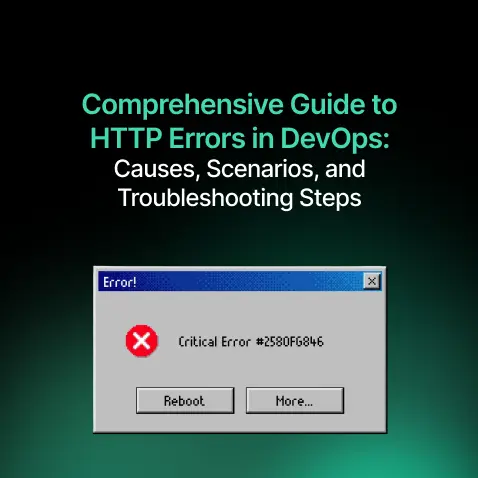
Comprehensive Guide to HTTP Errors in DevOps: Causes, Scenarios, and Troubleshooting Steps
- Blog

Trivy: The Ultimate Open-Source Tool for Container Vulnerability Scanning and SBOM Generation
- Blog
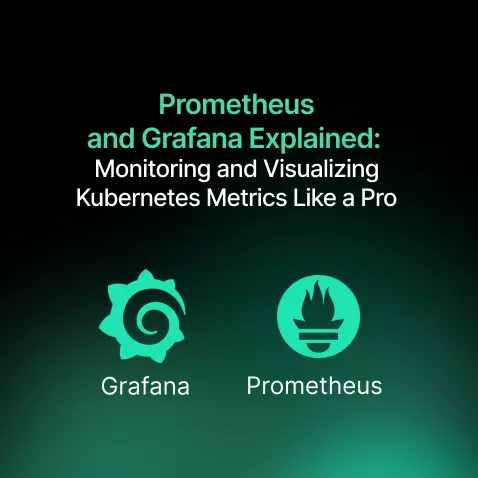
Prometheus and Grafana Explained: Monitoring and Visualizing Kubernetes Metrics Like a Pro
- Blog
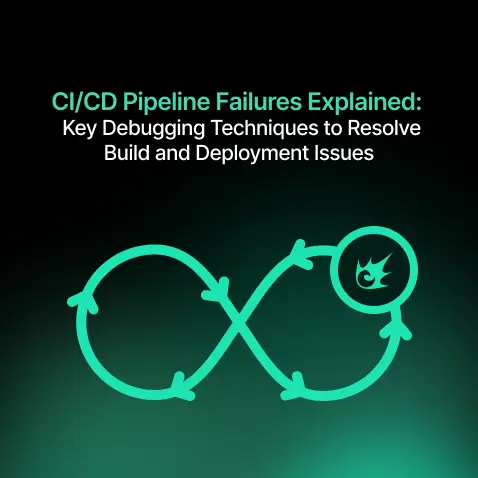
CI/CD Pipeline Failures Explained: Key Debugging Techniques to Resolve Build and Deployment Issues
- Blog
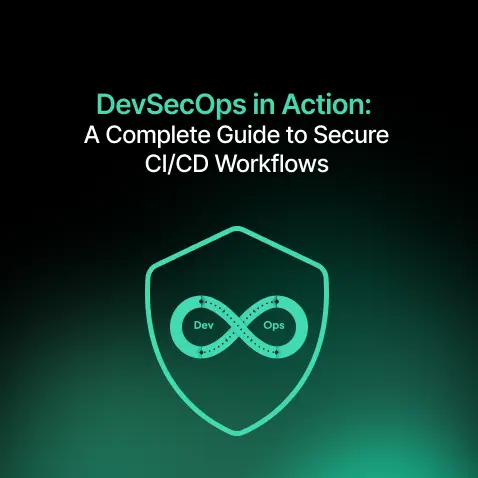
DevSecOps in Action: A Complete Guide to Secure CI/CD Workflows
- Blog
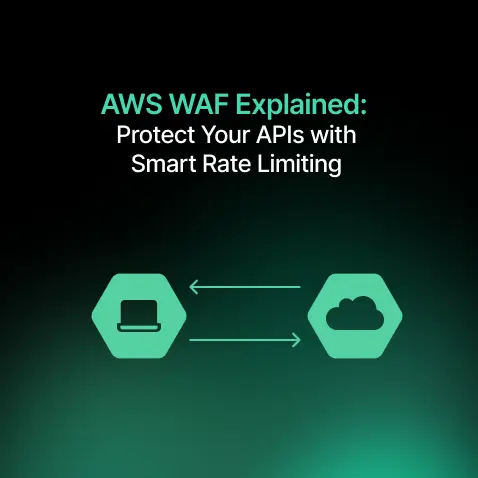
AWS WAF Explained: Protect Your APIs with Smart Rate Limiting
- Blog

